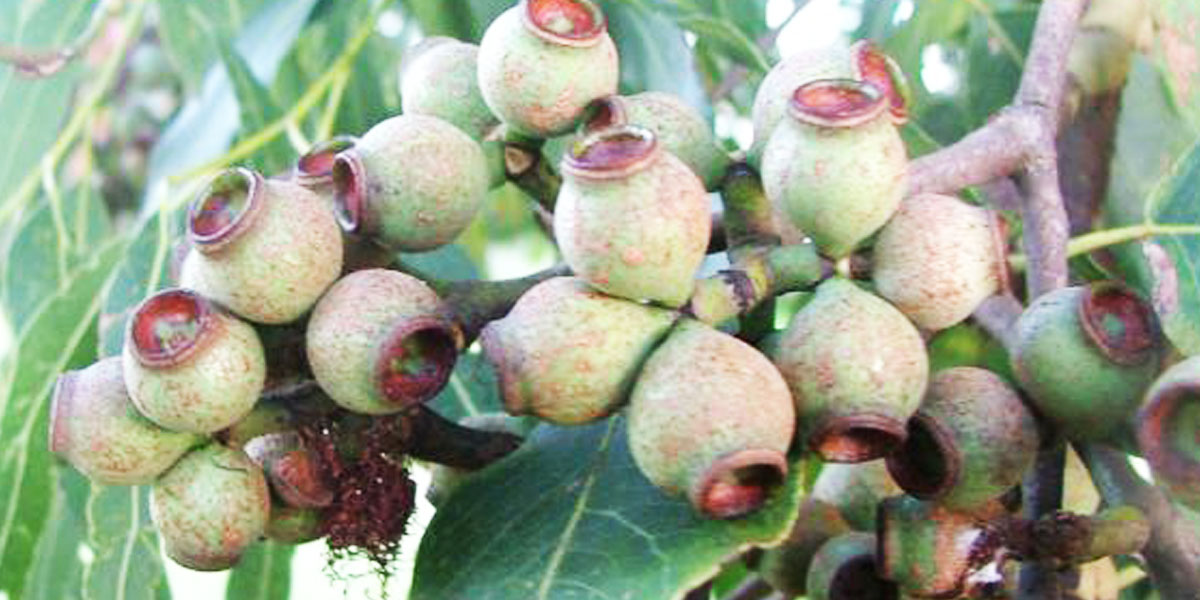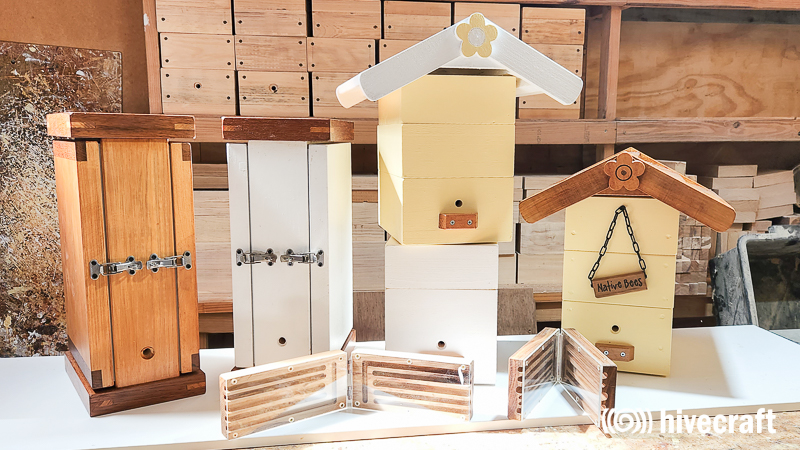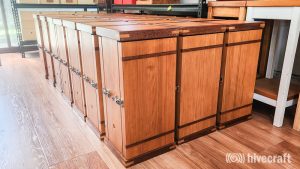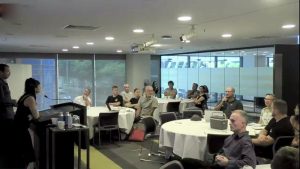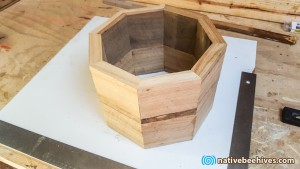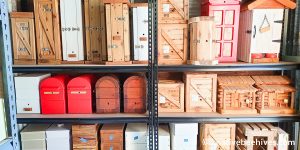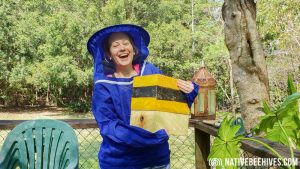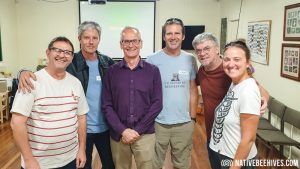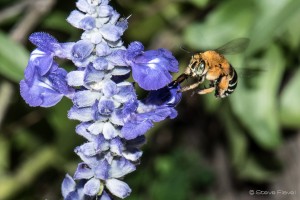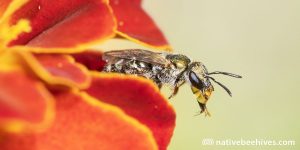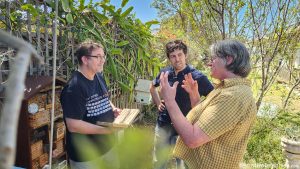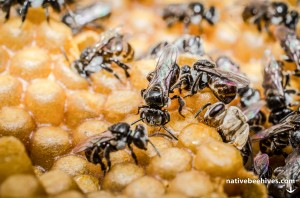The contraversial topic of the Cadaghi – Corymbia torelliana
Native to North Queensland, it’s classed as a weed in areas like Brisbane. It’s been widely used in private gardens and by councils over the years on footpaths and parks so it’s scattered everywhere around Brisbane and likely here to stay.
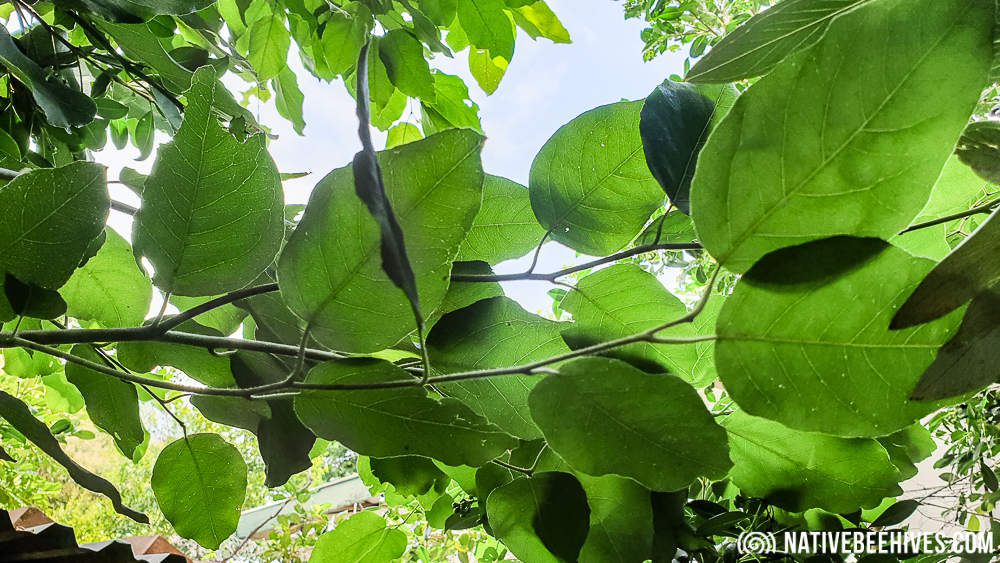
Seeds

Stingless Bees like the resin inside the gumnut and load themselves up and the seeds are accidentally stuck to their legs and transported back to the hive. A lot of seeds come off their legs at the entrance to the hive so this shouldn’t cause any problem, though you can remove the seeds if you think it’s blocking the entrance. Seeds can be taken inside and build up in to large collections. It’s commonly thought that this isn’t really a problem. Apart from taking up a small amount of space inside the colony it doesn’t seem to have any negative effects on the colony.
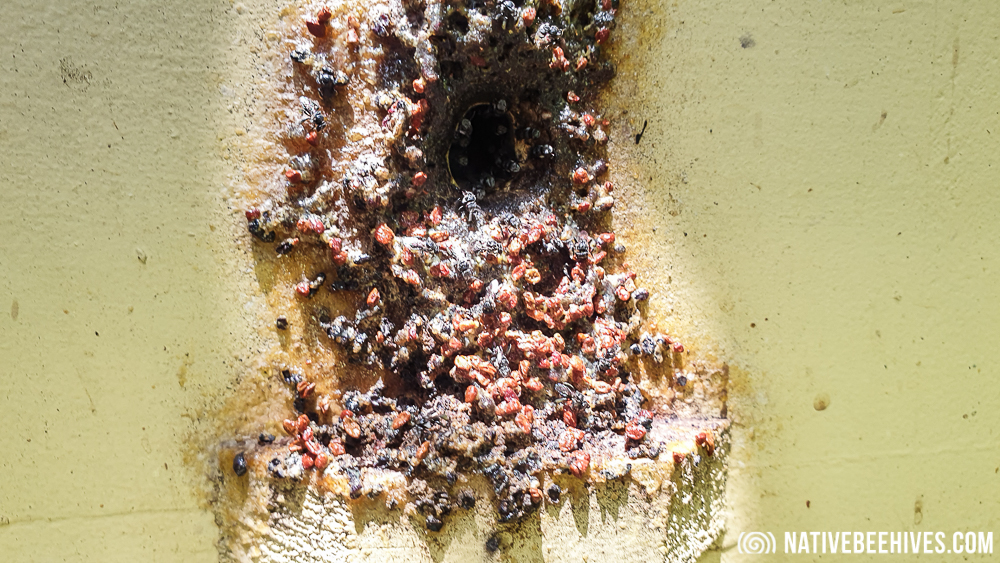
There are some reports of large build ups of the seed and that it caused problems like clogging up the hives or has lead to the death of a colony but there’s no research on this and the majority of experienced bee keepers say it doesn’t cause any problems. I’ve seen large seed collections inside colonies though the colony was still quite healthy and strong.
Some bee keepers create Cadaghi seed traps which might consist of a rough material that the bees walk through or over and the seeds are caught in the material before entering the hive.
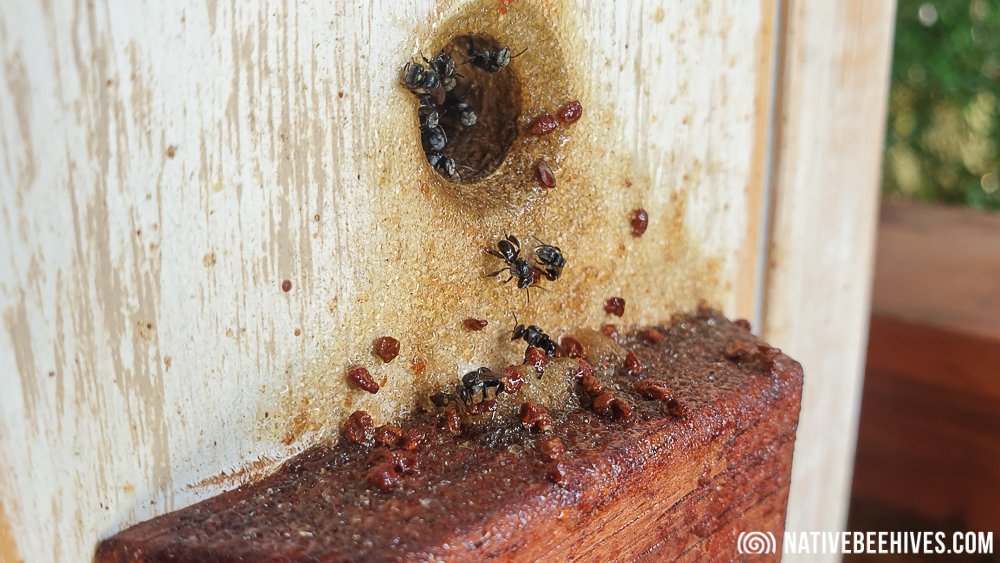
Resin
Cadaghi resin can also be seen inside the colony. You might notice white/yellow resin on viewing panels and when you split a hive you’ll see some yellowish soft resin that is very sticky. It hasn’t caused any issues for my colonies and I haven’t heard of anyone I know having an issue with it. It’s thought to have some good antibacterial properties that might benefit the bees.
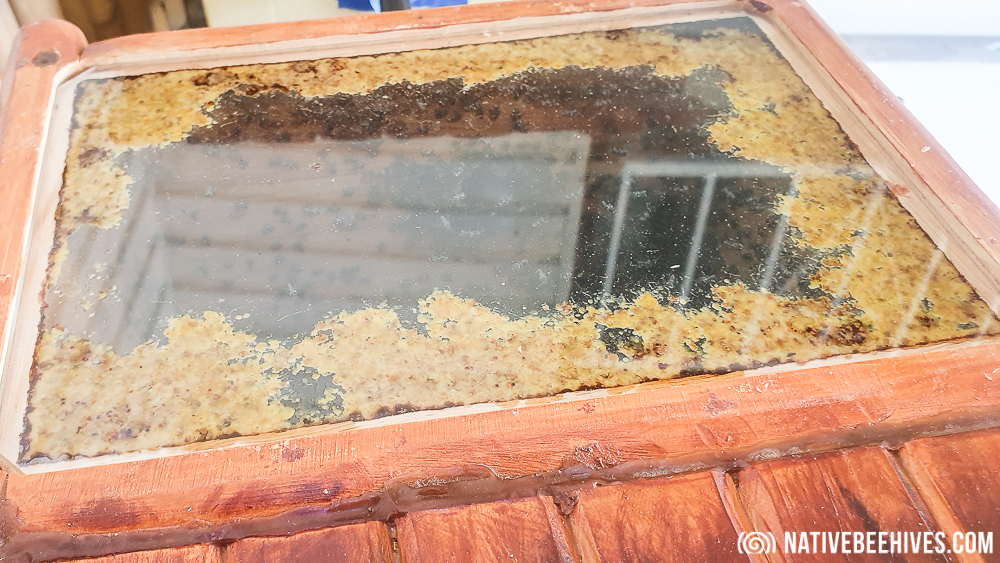
There was a rumour many years ago that in the Summer heat the resin could melt and kill the colony. Giorgio Venturieri and Tim Heard conducted a basic test of heating the resin and found that bees would die before the resin melted, so it’s more likely that a colony would die from the heat before dieing out because of melted resin. ( I haven’t tested that myself yet )

Photo above: This is what you might see when your colony has been slimed out by pests, soft runny liquid dripping out of the entrance. In this case the colony is perfectly healthy and this is most likely Cadaghi resin. It’s quite hard and is only coming out the external part of the entrance. I checked inside the hive and there’s no sign of it. It’s possibly just a build up of resin at the entrance over many months. This isn’t a problem at all for the bees as they are freely still moving in and out of the entrance.
The need for correct diagnosis of hive problems
It is quite possible that Cadaghi seeds and resin could cause problems for some people, though there’s no research on this at the moment. It’s important that when colonies have problems or die, that we correctly diagnose the issues. It could be too easy to blame things like seeds, resins or even box designs when it could be a weak hive, pests, heat etc
Brisbane City Council website: https://weeds.brisbane.qld.gov.au/weeds/cadaghi
